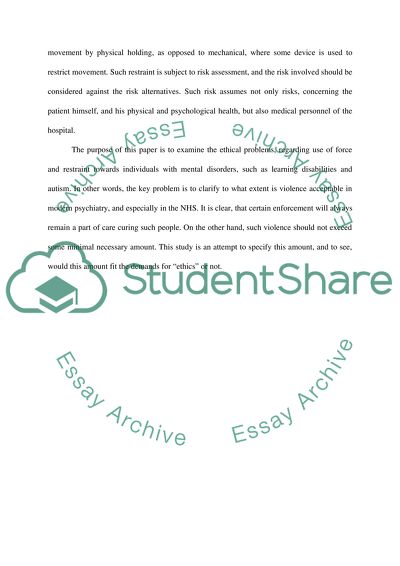Cite this document
(“Ethical issues in use of restraint physical intervention Essay”, n.d.)
Ethical issues in use of restraint physical intervention Essay. Retrieved from https://studentshare.org/health-sciences-medicine/1500516-ethical-issues-in-use-of-restraint-physical-intervention
Ethical issues in use of restraint physical intervention Essay. Retrieved from https://studentshare.org/health-sciences-medicine/1500516-ethical-issues-in-use-of-restraint-physical-intervention
(Ethical Issues in Use of Restraint Physical Intervention Essay)
Ethical Issues in Use of Restraint Physical Intervention Essay. https://studentshare.org/health-sciences-medicine/1500516-ethical-issues-in-use-of-restraint-physical-intervention.
Ethical Issues in Use of Restraint Physical Intervention Essay. https://studentshare.org/health-sciences-medicine/1500516-ethical-issues-in-use-of-restraint-physical-intervention.
“Ethical Issues in Use of Restraint Physical Intervention Essay”, n.d. https://studentshare.org/health-sciences-medicine/1500516-ethical-issues-in-use-of-restraint-physical-intervention.


